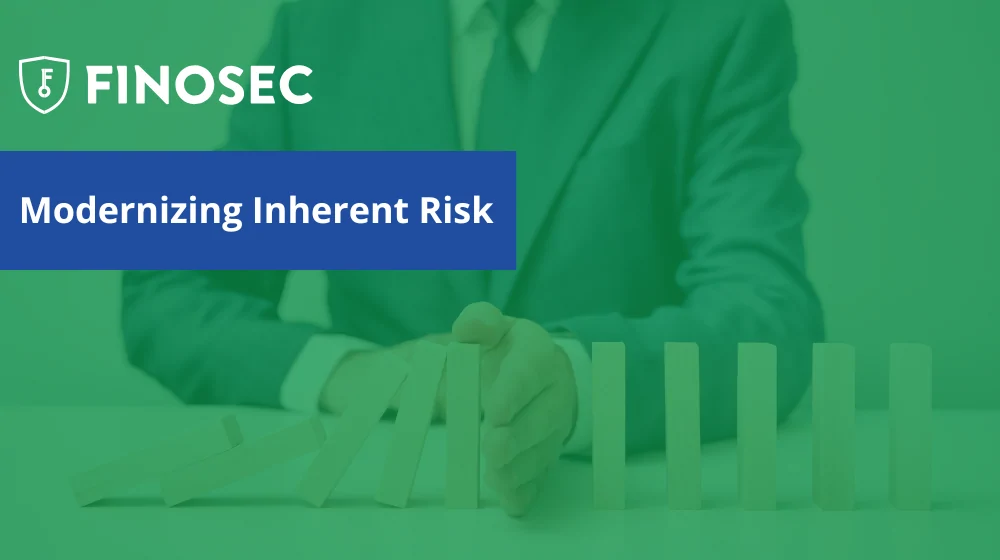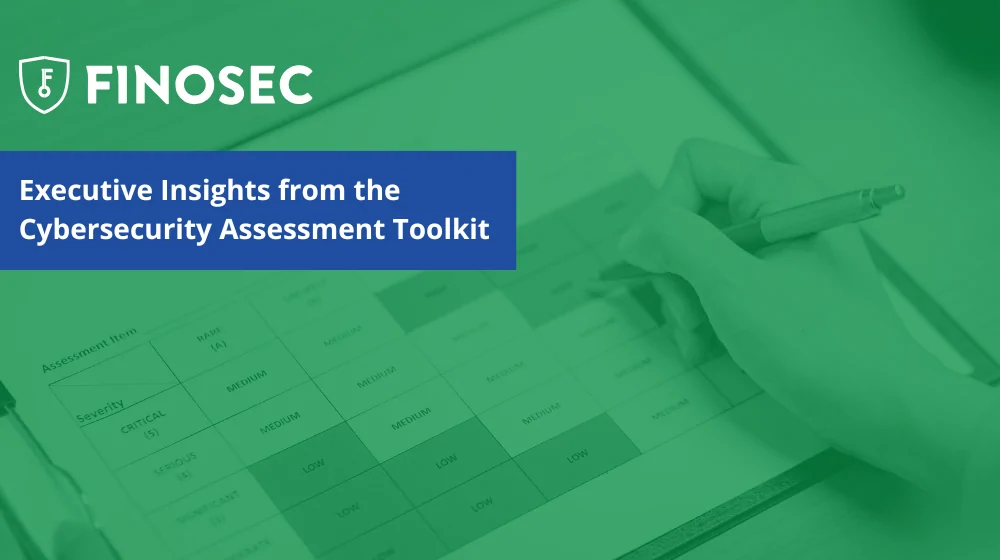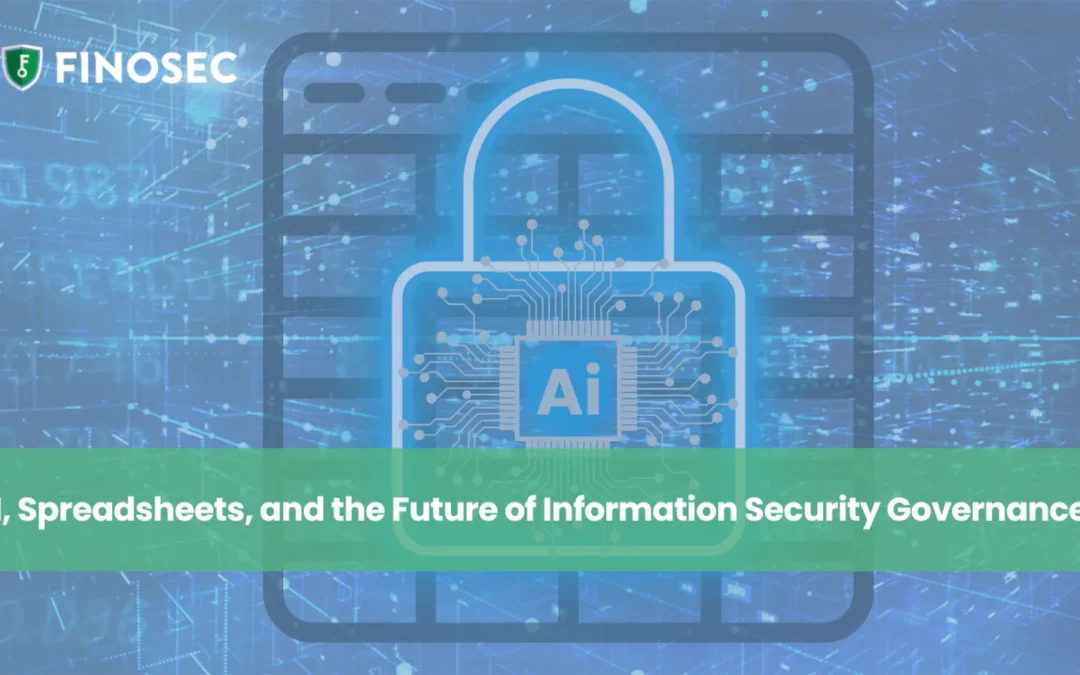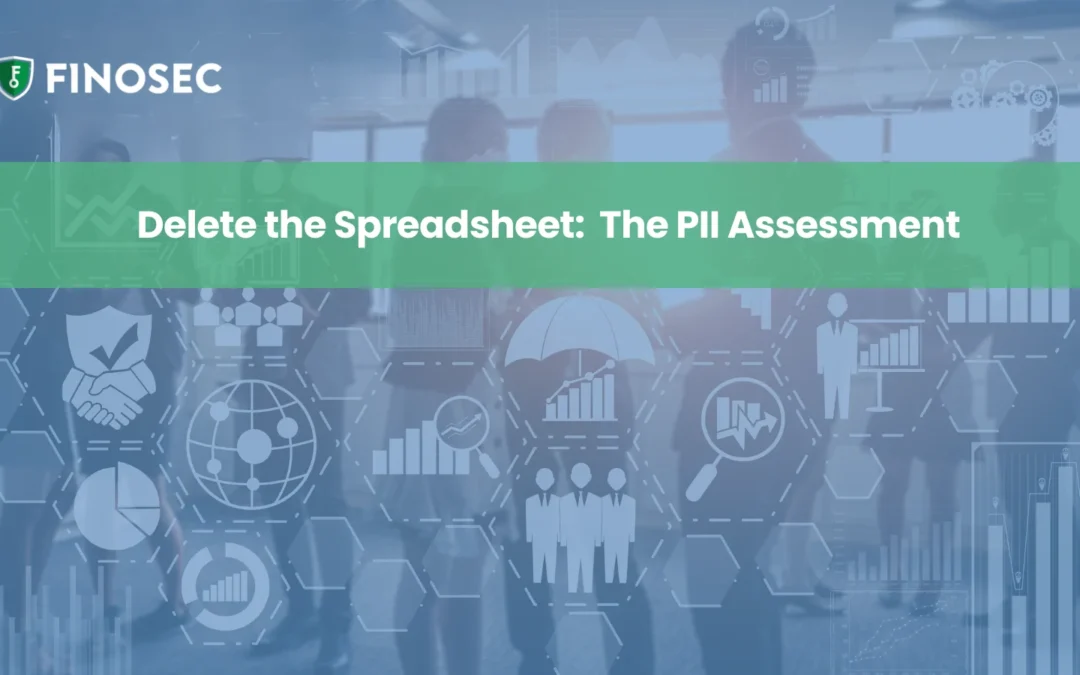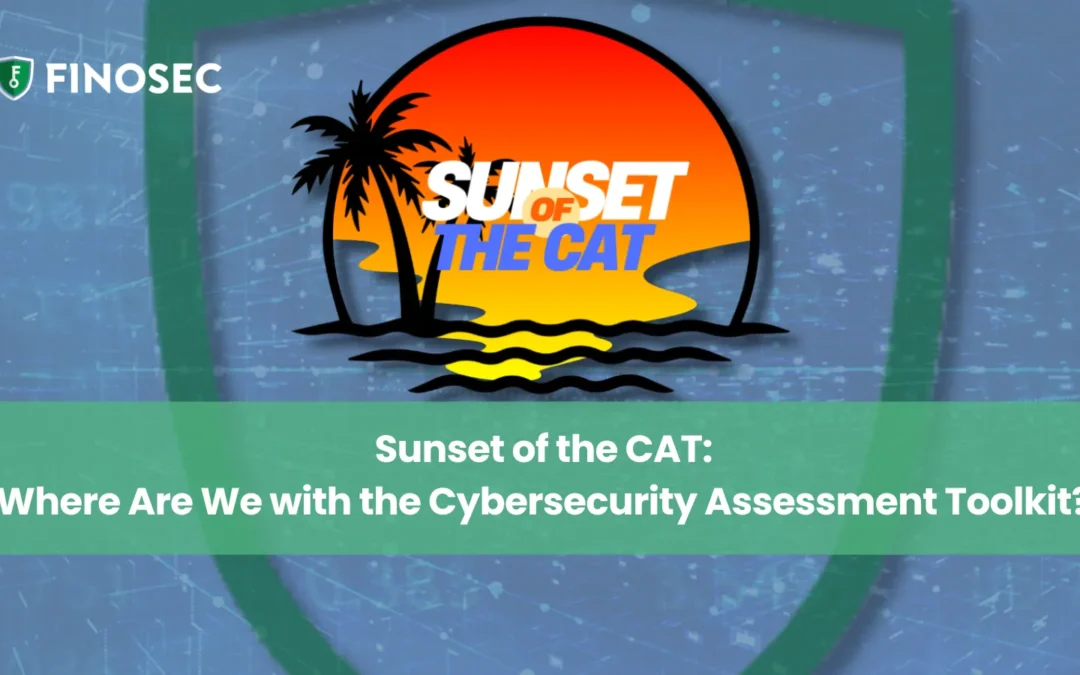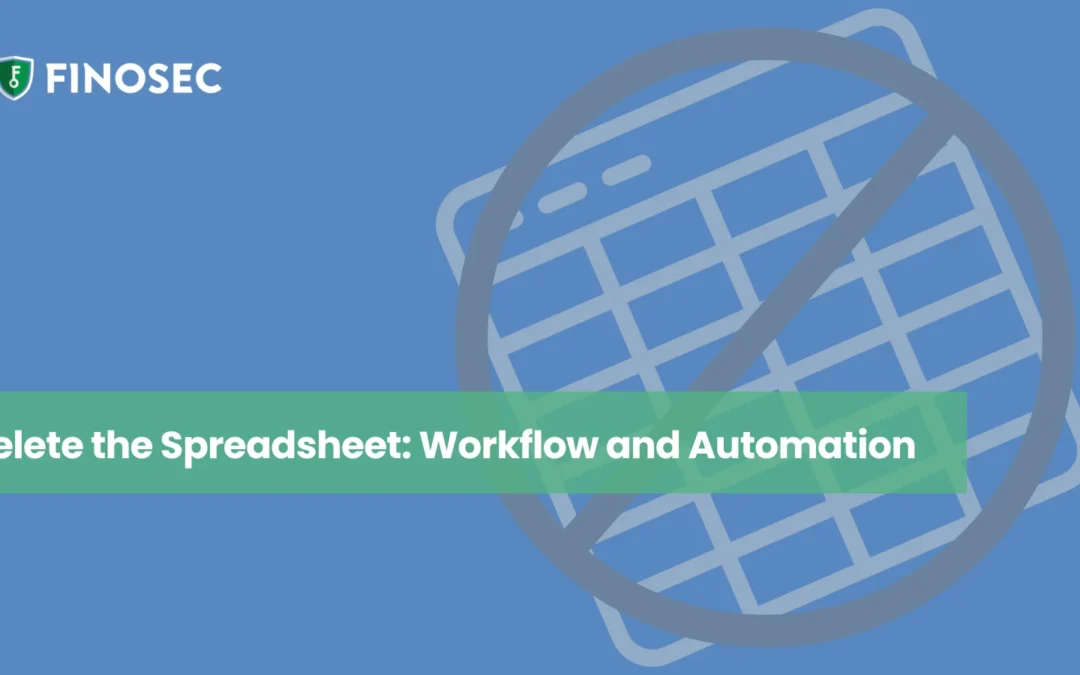Threats to your cybersecurity and information security programs are not just external. In fact, 60% of security breaches are internal threats. The weakest component in your cybersecurity posture will always inherently be the human link.
Breaches are not primarily because of malicious activity, and an internal threat may materialize due to:
- Ignorant actions performed by a user’s during the course of a normal business day
- Terminated employees who still have access to the system
- Disgruntled active or terminated employees
- An inactive or dormant is not removed from a system
- Collusion – peer-to-peer sharing – such as an employee sharing login information with another employee
Managing to least privilege is vital to ensure that you mitigate the element of human error whenever possible. Using Memopost as an example, an employee with access to memopost could manipulate financial data and transfer money for personal gain. Likewise, an employee with access to change deposit and loan rates could either raise or lower rates. Worse still, an employee with system specification access could wreak havoc on the entire core system. A business can minimize risk by performing periodic reviews on users’ rights to an institution’s network as well as systems, either internal or cloud based. The rules to follow when settings up permissions for a user are:
- Least privilege – a user is granted access only to the data they need to perform their job
- Separation of duties – intended to prevent internal system conflicts and reduce the risk of unauthorized access
- Need to know – based on the least amount of information a user needs to see or share to perform their job
If you have questions about how this works or would just like to learn more about User Access reporting, be sure to join Finosec Academy, an ever growing community of people just like you who want to stay at the forefront of the cybersecurity industry. We hope to see you there!
Interested in having Finosec come alongside you and your institution to help simplify cybersecurity or have questions about User Access reporting? Visit our User Access Page and request a call to set up a meeting with our Finosec team.
